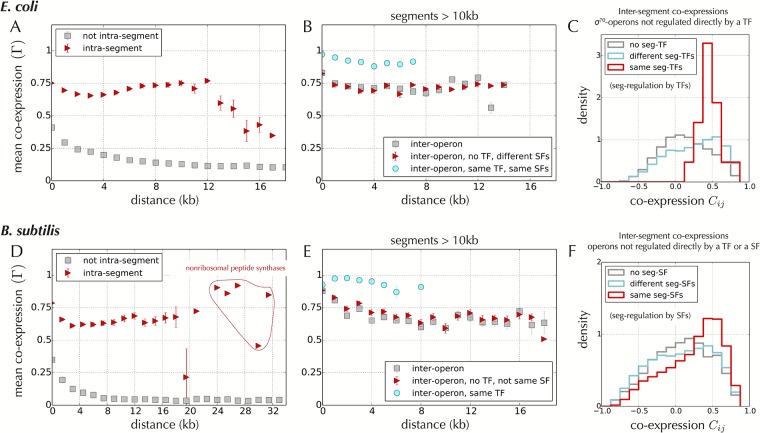Fig 4. Co-expression within synteny segments in E. coli and B. subtilis.
A. As in Fig 1E, the mean co-expression Γ(d) represents an average co-expression for pairs of genes at a given distance d along the chromosome of E. coli, but here it is computed for two distinct subsets of pairs, those belonging to a same segment (red triangles), and all others (gray squares). This shows that pairs of genes in a same synteny segment are significantly more co-expressed than pairs outside the segments. B. To discard the contribution from operons, we verify that the same results hold for pairs of genes in different operons and in segments larger than 10 kb (gray squares). The results also hold when further restricting to pairs of operons that do not share the same SF and are not regulated by any TF (red triangles), which indicates that co-regulation by TFs and SFs is not necessary to the co-expression of distinct operons inside a same segment. Considering pairs of genes regulated by the same TFs and SFs (cyan points), we observe, however, that these factors can raise the co-expression to its maximal value of 1. High levels of co-expression inside segments are observed irrespectively of the relative orientation of the operons (S8 Fig). The results also hold for small segments < 10 kb, although the average co-expression level is lower (S8 Fig). C. Distribution of the co-expression Cij between pairs of genes that are not directly regulated by a TF and that belong to different synteny segments—only the genes regulated by the SF σ70 are considered. Gray distribution: pairs in segments without seg-TFs. Cyan distribution: pairs in segments with different sets of TFs. Red distribution: pairs in segments with exactly the same seg-TFs. The peak of the red distribution at high values of co-expression provides evidence for seg-TF regulation in E. coli. D, E, F. Essentially the same results are obtained in B. subtilis with one major difference: seg-regulation occurs through SFs (panel F), not TFs, in agreement with the general observation that the effect of SFs dominates over that of TFs in B. subtilis [9].

